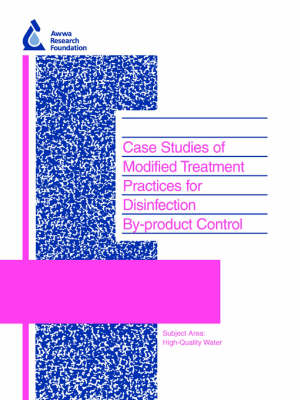Utilities must decide whether to modify their existing treatment practices to achieve compliance with the D/DBP regulations. A regulatory impact analysis predicted that up to 70% of large surface-water systems would need to make some treatment modifications. Meeting multiple water-quality objectives plays an important role in the decision-making process of water utilities. Utilities must meet other regulatory requirements and secondary drinking-water standards. In addition, there are operational, financial, and engineering issues that affect the selection of treatment technologies. Because of the uncertainty of how stringent certain regulations will be and the high costs of advanced treatment technologies, many utilities have implemented treatment modifications in stages. Most utilities have made treatment modifications that have been cost-effective to meet their site-specific needs and objectives, while continuing to study or implement long-term treatment changes to meet more stringent future regulations. Utilities must factor in other regulatory requirements and secondary drinking-water standards when selecting a treatment modification for compliance with the D/DBP Rule. Some utilities chose advanced treatment processes (e.g., ozonation, membranes) that would enable them to satisfy other current and anticipated future regulations or other water quality objectives. Some systems chose ozone, in part because of its ability to destroy taste-and-odor-causing contaminants. Likewise, granular activated carbon was added to filters for taste-and-odor control. In addition, space and retrofit considerations affected technology choices. Many utilities have implemented treatment modifications in stages. To meet Stage 1 of the D/DBP Rule, most utilities have made treatment modifications that have been cost-effective to meet their site-specific needs and objectives, while continuing to study or implement long-term treatment changes to meet more stringent future regulations. The major disadvantage to staged implementation was that the treatment process was re-optimized each time treatment modifications were made. However, this problem was minimized if the full range of changes in treatment was envisioned in advance and if incremental modifications were made that were part of and consistent with long-term modifications. Originally published by AwwaRF for its subscribers in 2003 This publication can be purchased and downloaded via Pay Per View on Water Intelligence Online - click on the Pay Per View icon below
- ISBN10 1843398540
- ISBN13 9781843398547
- Publish Date 1 January 2004
- Publish Status Active
- Publish Country GB
- Imprint IWA Publishing
- Format Paperback
- Pages 414
- Language English
- URL http://iwapublishing.com/books/9781843398547/case-studies-modified-treatment-practices-disinfection-product-control
